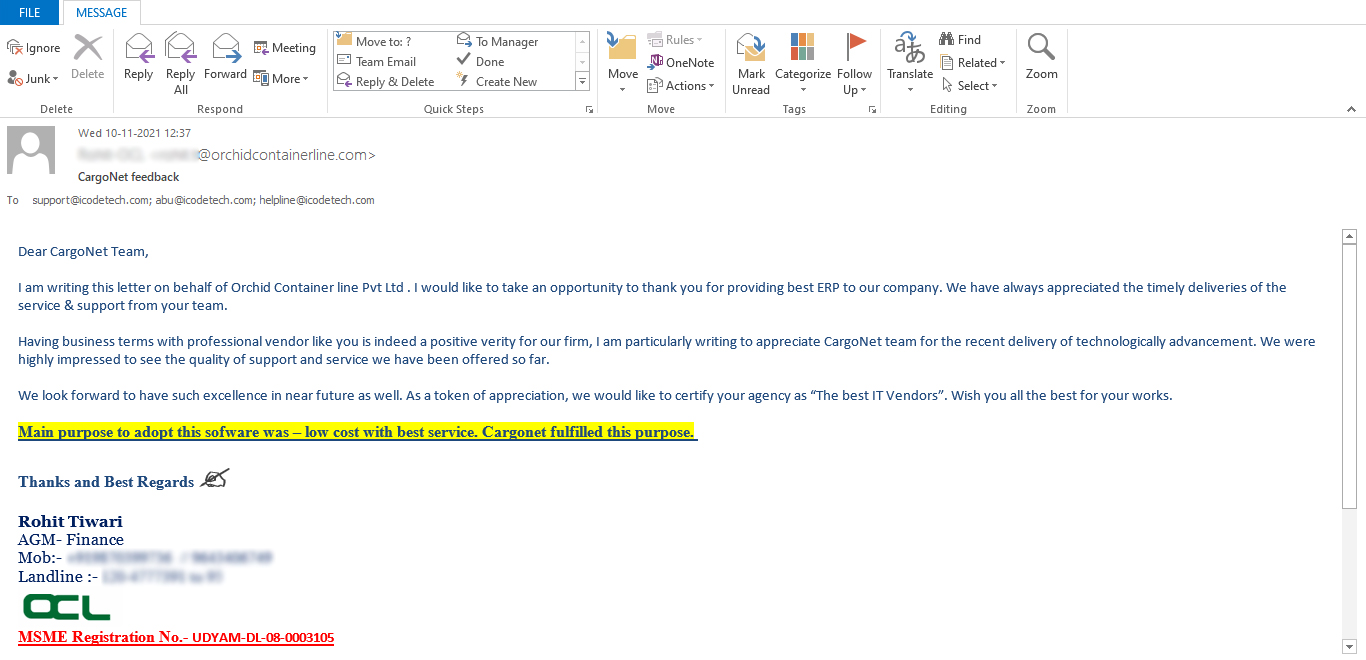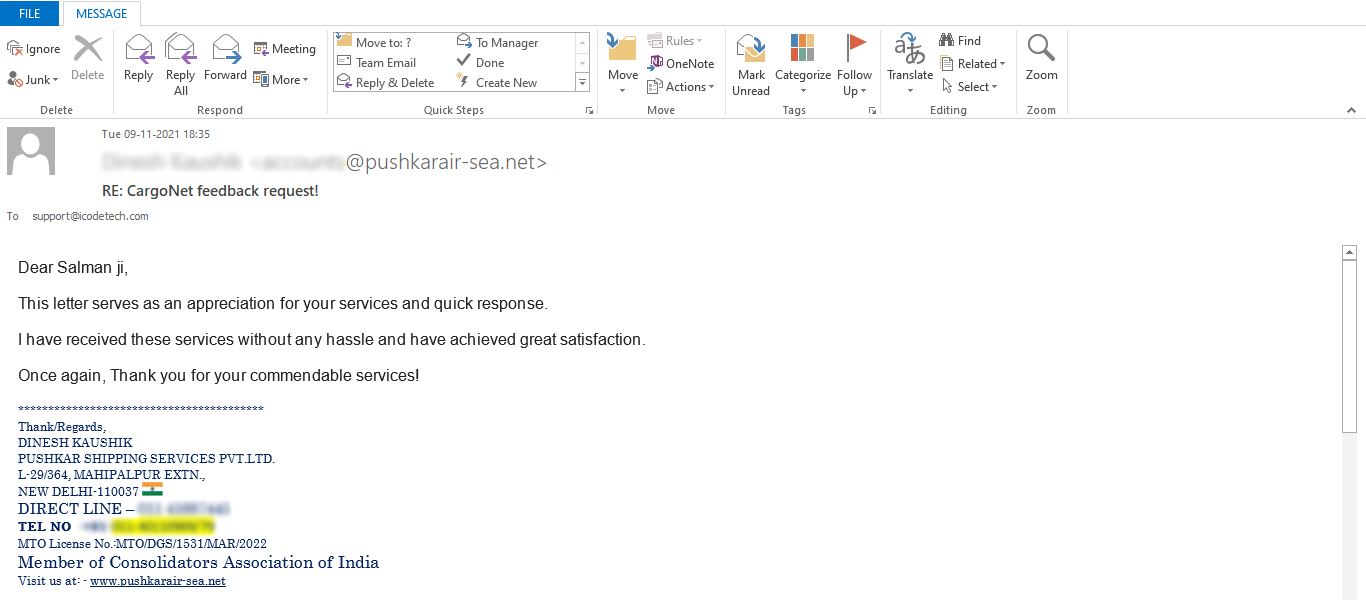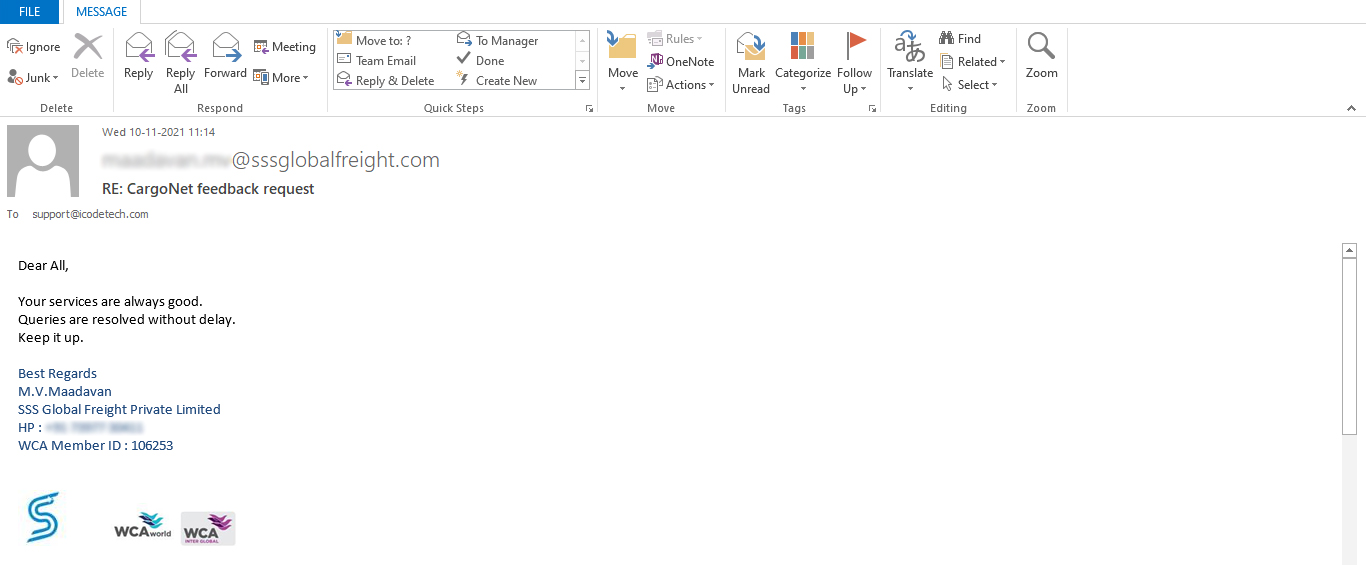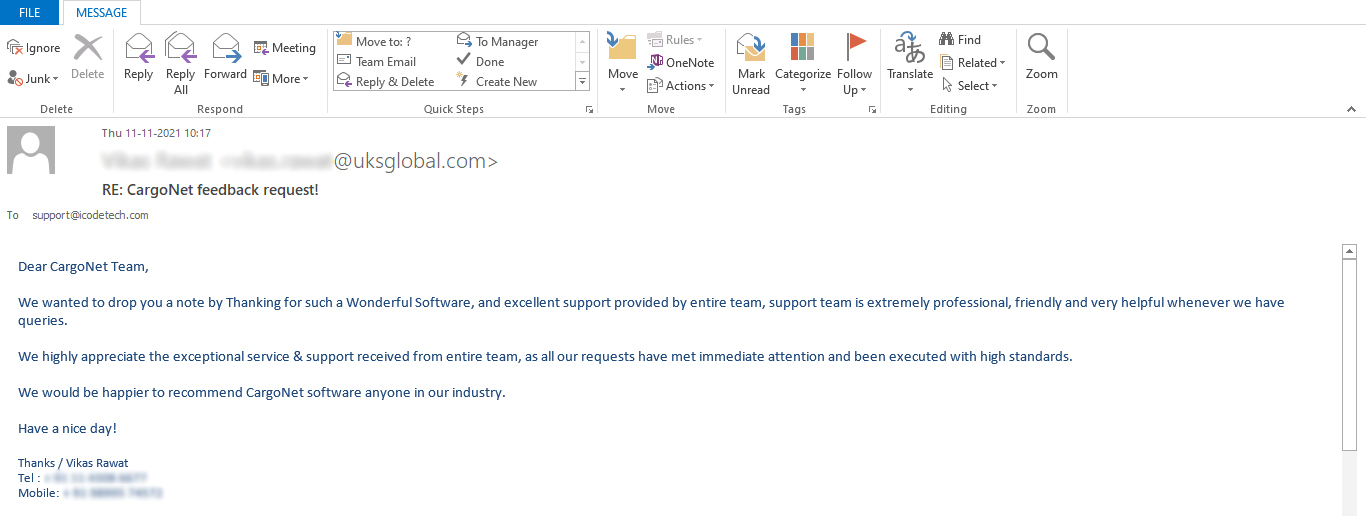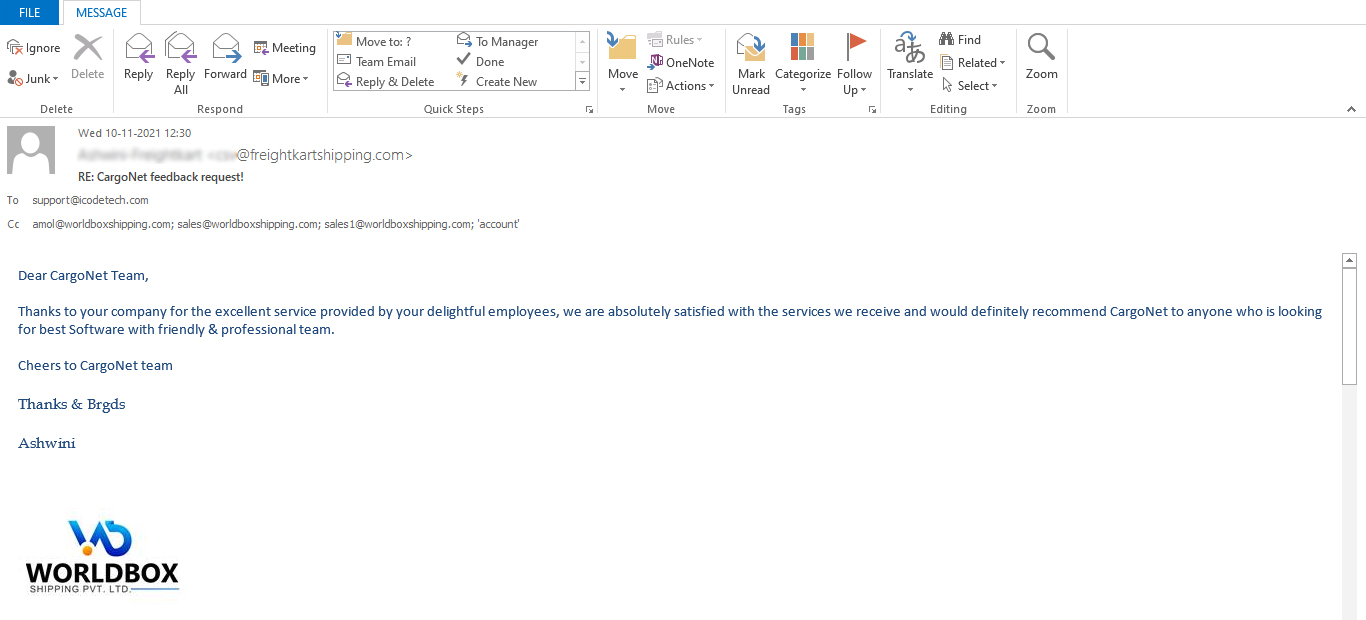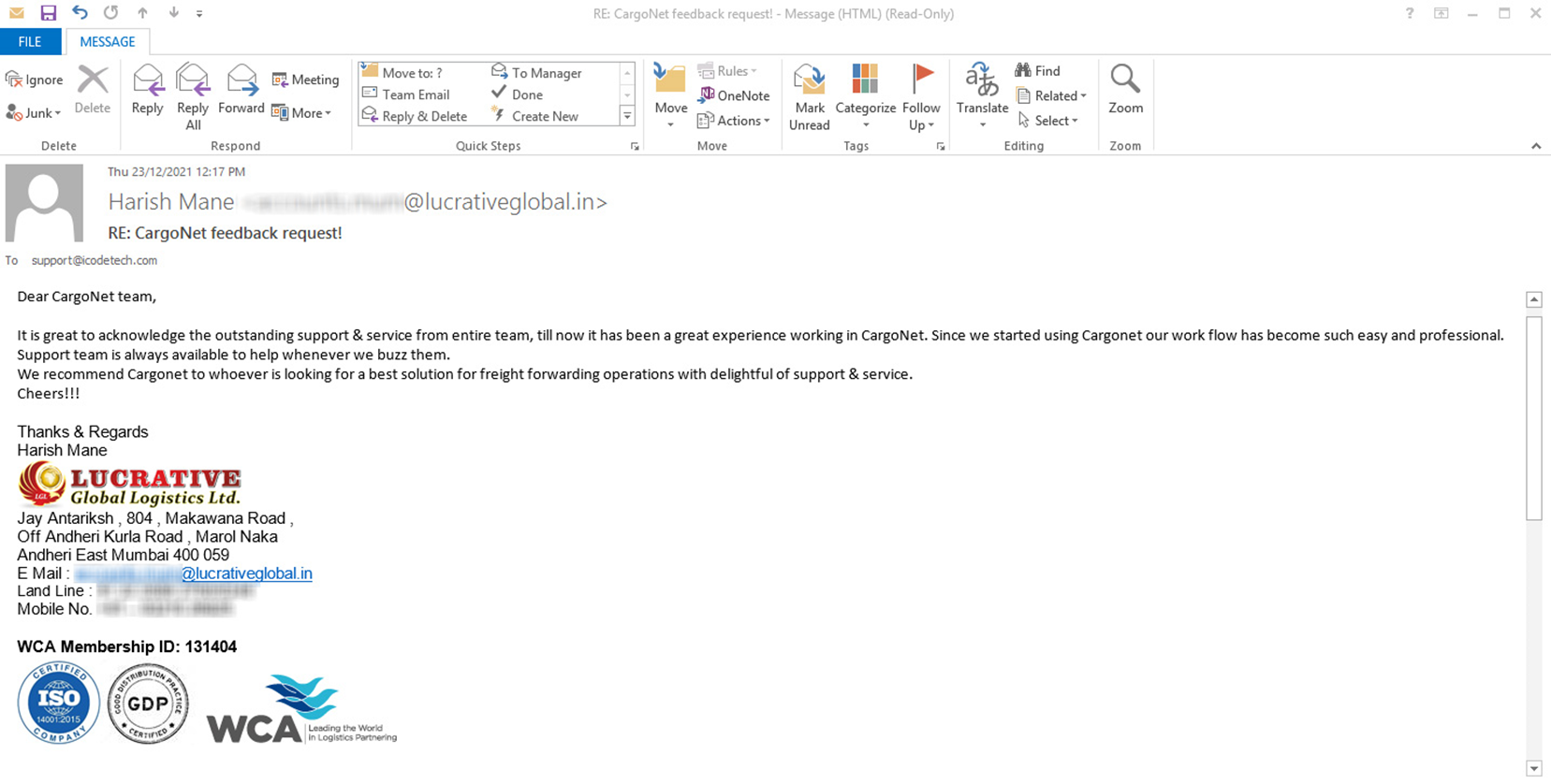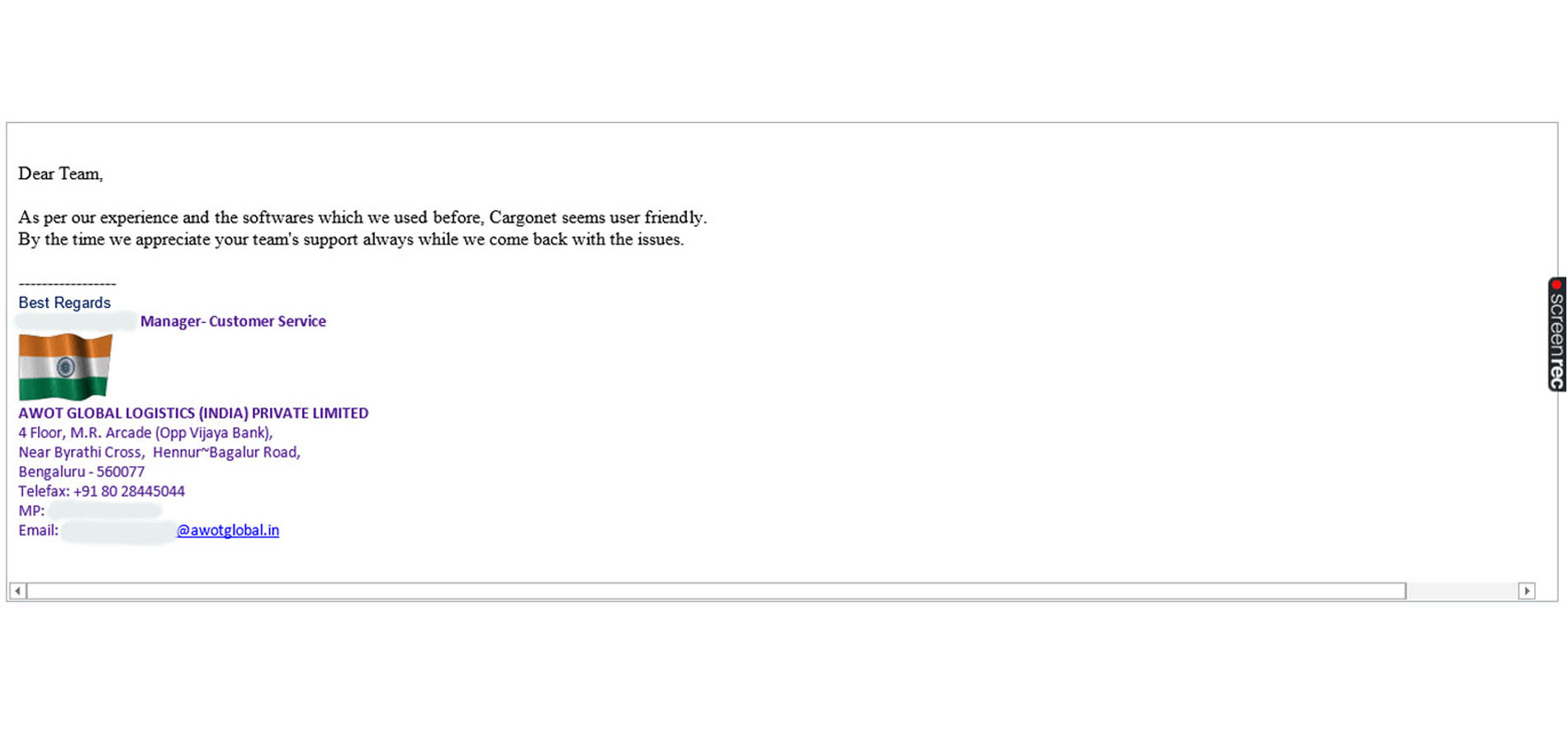Implementing Freight software can be a game-changer for businesses looking to streamline their operations, increase efficiency, and reduce costs. However, the success of the implementation depends on how it is carried out. Freight software implementation is the process of introducing and integrating specialized software into a company’s freight forwarding operations. This software helps freight forwarders to manage and streamline their transportation and logistics processes more effectively, from receiving and processing orders to tracking shipments and managing invoices. The implementation of freight software requires careful planning, customization, training, and ongoing support to ensure that the software delivers the expected benefits and meets the specific needs of the business. By implementing freight software, companies can improve their efficiency, reduce costs, and enhance their customer service, thereby gaining a competitive edge in the fast-paced world of freight forwarding.
Here are some general steps to follow when Implementing Freight software
- Identify your business requirements: Start by identifying your business requirements and processes. This will help you determine what features and functionalities your freight forwarding software should have.
- Research and select a software solution: Research and compare different freight forwarding software solutions to find the one that best fits your business needs. Consider factors such as cost, scalability, user-friendliness, and customer support.
- Customize and configure the software: Once you have selected a software solution, customize and configure it to meet your specific requirements. This may involve adding custom fields, creating workflows, and integrating the software with other systems.
- Train your staff: The best way to use the software is to train your personnel to do so.. Provide training on specific features and workflows, and ensure that your staff has a good understanding of how the software works.
- Test the software: Test the software thoroughly before launching it. Identify and resolve any issues or bugs before rolling out the software to your entire organization.
- Launch and monitor the software: Launch the software and monitor its performance regularly. Track key performance metrics and make adjustments as needed to ensure that the software is delivering the desired results.
- Provide ongoing support: Provide ongoing support to your staff and customers to ensure that the software continues to meet your business needs over time. This may involve providing training, troubleshooting, and addressing any issues or bugs that arise.
Here are some essential do’s and don’ts to keep in mind for a successful logistics software implementation:
Do’s:
- Define clear goals and objectives: Before implementing any freight software, it is important to define clear goals and objectives. Identify the areas that need improvement, what you want to achieve with the software, and how it will benefit your business.
- Choose the right software: Choosing the right freight solutions can make or break your implementation. Consider your business requirements, scalability, and ease of use when selecting a software solution.
- Train your team: Adequate training is essential to ensure that your team can use the software effectively. Provide comprehensive training to all relevant personnel, including drivers, dispatchers, and warehouse staff.
- Test the software: Testing the software before full implementation is crucial to identifying any issues or glitches. Conduct thorough testing to ensure that the software functions as expected and meets your business needs.
- Plan for contingencies: It is important to have a contingency plan in case of any unexpected issues during implementation. Plan for contingencies such as downtime, data loss, and system failures to minimize disruptions.
Don’ts:
- Rush the implementation: Rushing the implementation process can lead to mistakes, inadequate training, and unforeseen issues. Take the time to plan and prepare adequately for a successful implementation.
- Ignore compatibility issues: Compatibility issues can arise when integrating the logistics software with existing systems. Ignoring these issues can result in data loss, duplication of effort, and other problems.
- Over-customize the software: Customizing the software to suit your business needs is important, but over-customizing can lead to unnecessary complexity and increased costs. Stick to essential customization and avoid unnecessary modifications.
- Neglect data security: Logistics software involves sensitive data such as customer information, delivery schedules, and financial records. Neglecting data security can result in data breaches, loss of customer trust, and legal repercussions.
- Fail to communicate with stakeholders: Effective communication with stakeholders is essential for a successful implementation. Keep all relevant parties informed about the implementation process, progress, and any issues that arise.
Build Vs Buy Freight Software
The decision to build or buy freight software depends on various factors, such as the company’s specific needs, budget, and resources. Here are some factors to think about to make a wise choice:
Building Freight Software:
- Customization: Building freight software provides complete control over customization, enabling businesses to tailor the solution to their specific needs and requirements.
- Scalability: Custom-built software can be more scalable, allowing businesses to add new features and functionalities as they grow.
- Cost: Building freight software can be more expensive in terms of development, maintenance, and support, particularly for small and medium-sized businesses with limited resources.
- Expertise: Developing software requires a skilled and experienced team of developers, which can be a challenge for some businesses.
- Fail to communicate with stakeholders: Effective communication with stakeholders is essential for a successful implementation. Keep all relevant parties informed about the implementation process, progress, and any issues that arise.
Buying Freight Software:
- Cost: Purchasing freight software can be more cost-effective than building software in-house, as the development, maintenance, and support costs are spread across multiple users.
- Time to market: Off-the-shelf software is typically faster to implement, with pre-built features and functionalities, enabling businesses to get up and running more quickly.
- Expertise: Buying software eliminates the need for businesses to maintain an in-house development team, as the vendor is responsible for product development, maintenance, and support.
- Customization limitations: Off-the-shelf software may not fully meet the specific needs of the business, which can require additional customization, training, and support.
In conclusion, implementing freight software can bring significant benefits to businesses that rely on transportation for their operations. With the right software, companies can streamline their freight management processes, reduce costs, improve efficiency, and enhance customer satisfaction. Freight software can automate tasks such as route planning, tracking, invoicing, and reporting, which can save time and reduce errors. It can also provide real-time visibility into shipments, enabling companies to make informed decisions and respond quickly to any issues that arise.
Overall, implementing freight software can be a valuable investment for businesses that want to optimize their freight management processes and stay competitive in today’s fast-paced business environment. By leveraging the power of technology, companies can achieve greater efficiency, cost savings, and customer satisfaction, which can help them grow and succeed in the long term.








